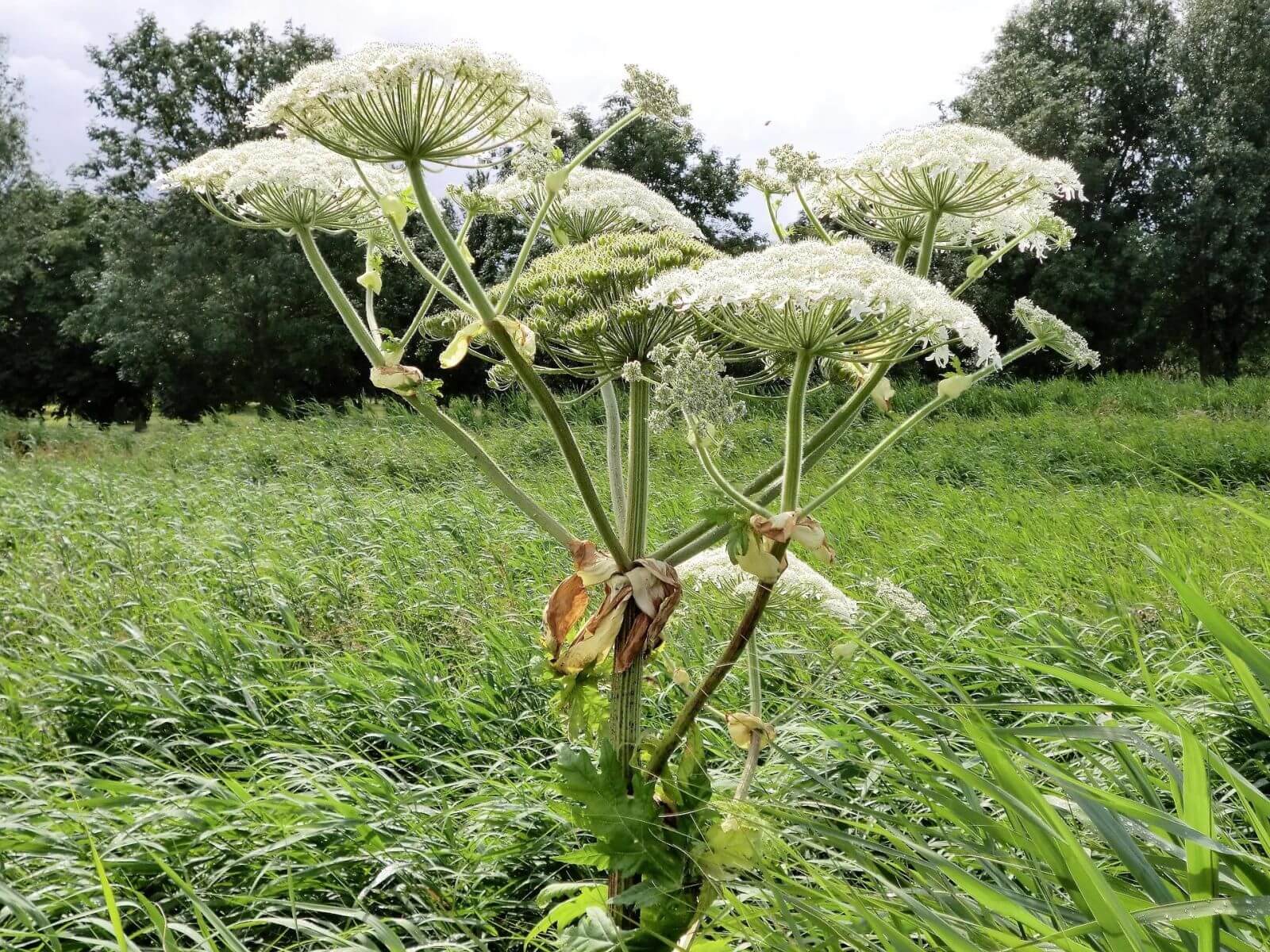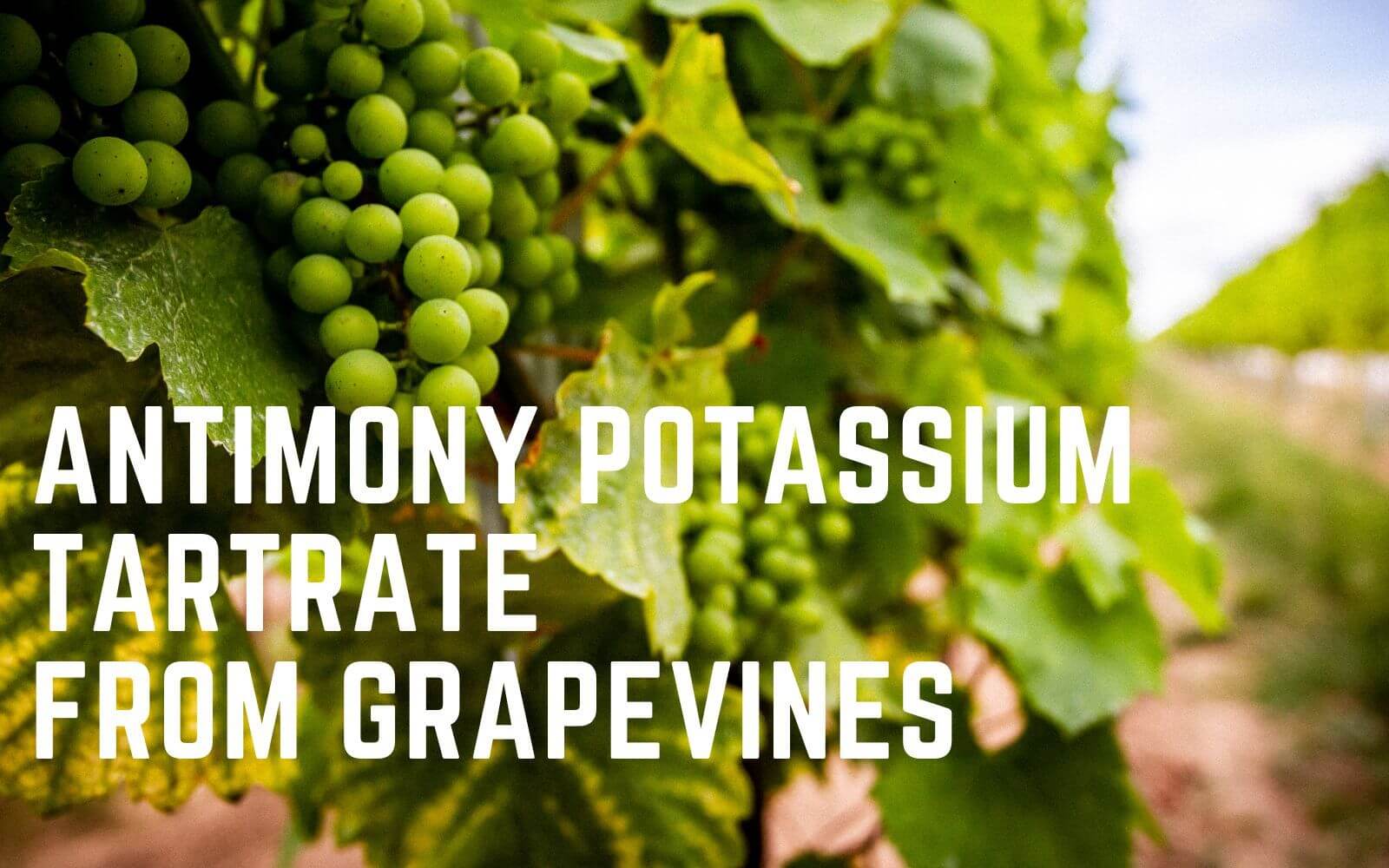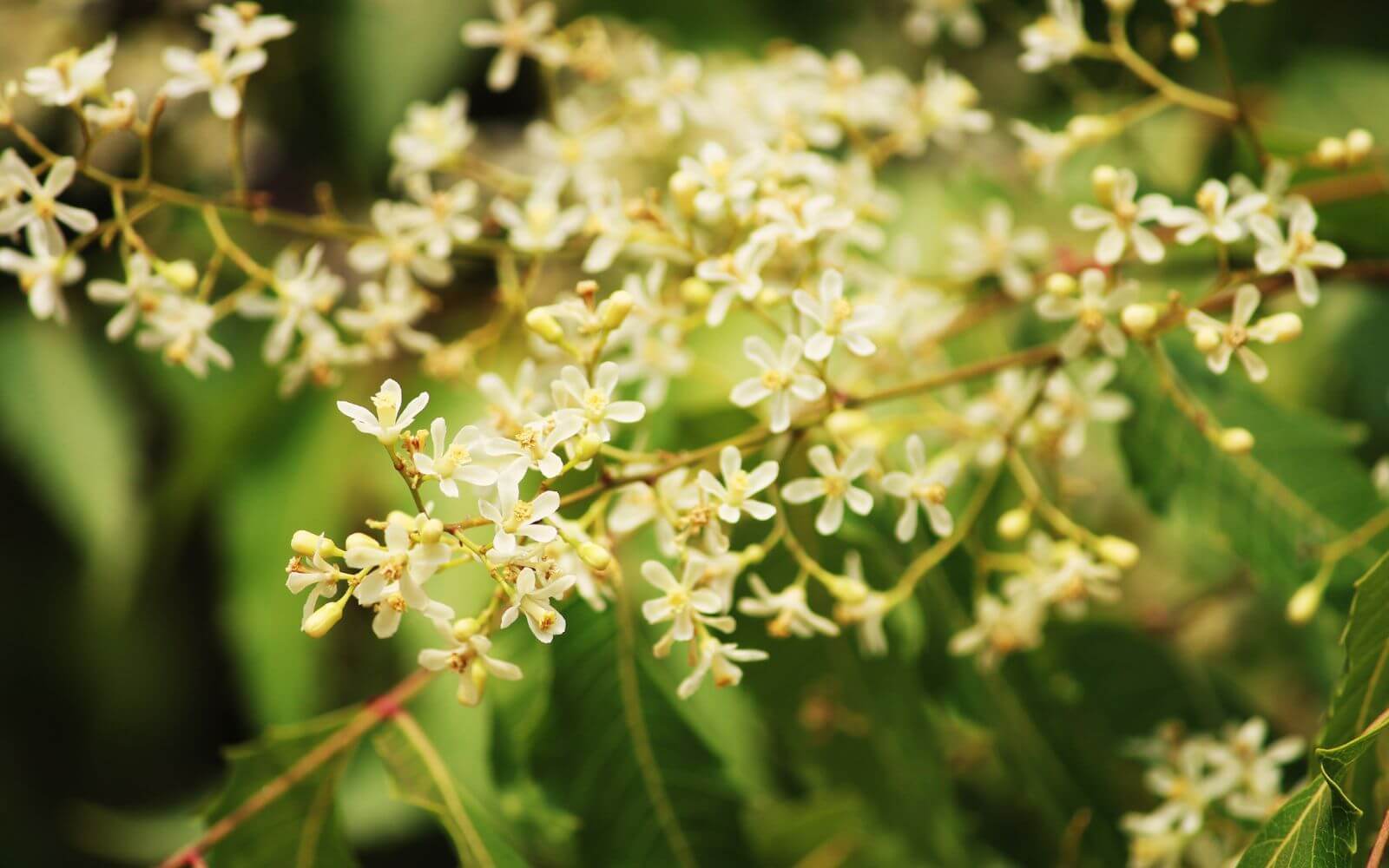
Medicinal plant of the month July: The hogweed
The poisonous hogweed is rampant again in Bavaria. It is mainly found in ditches, in forest areas and on the banks of streams. Wherever it grows, it also multiplies quite rapidly there, which is why it regularly puts conservation organizations on the alert.
Hogweed: Absolutely avoid skin contact with the plant
The plant species, brought to Central Europe from the Caucasus about 120 years ago, manages to displace native plants and it can also be dangerous for humans. Anyone who discovers them should avoid skin contact at all costs, because touching the plant causes severe pain on the skin. With additional exposure to the sun, the plant sap causes reddening of the skin, burns and allergic reactions.
If you discover a hogweed on your property, you should have it removed. It is absolutely necessary to wear protective clothing, gloves, goggles and masks.
The hogweed is a plant family and belongs to the umbelliferae genus. Walkers usually notice it because of its vigorous growth and striking white flowers.
Hogweed in folk medicine
Both the giant hogweed and the related meadow hogweed are considered poisonous. They differ only in the severity of the injuries they cause. In fact, the hogweed is used in folk medicine as a tea, powder or tincture. The herb and the rhizome are processed for this. Hogweed is said to help with respiratory problems such as asthma and coughs, with digestive problems such as flatulence or diarrhea, with nervousness – but it can also be used for bladder infections, kidney stones and menstrual problems.





 4c media
4c media